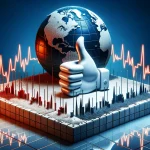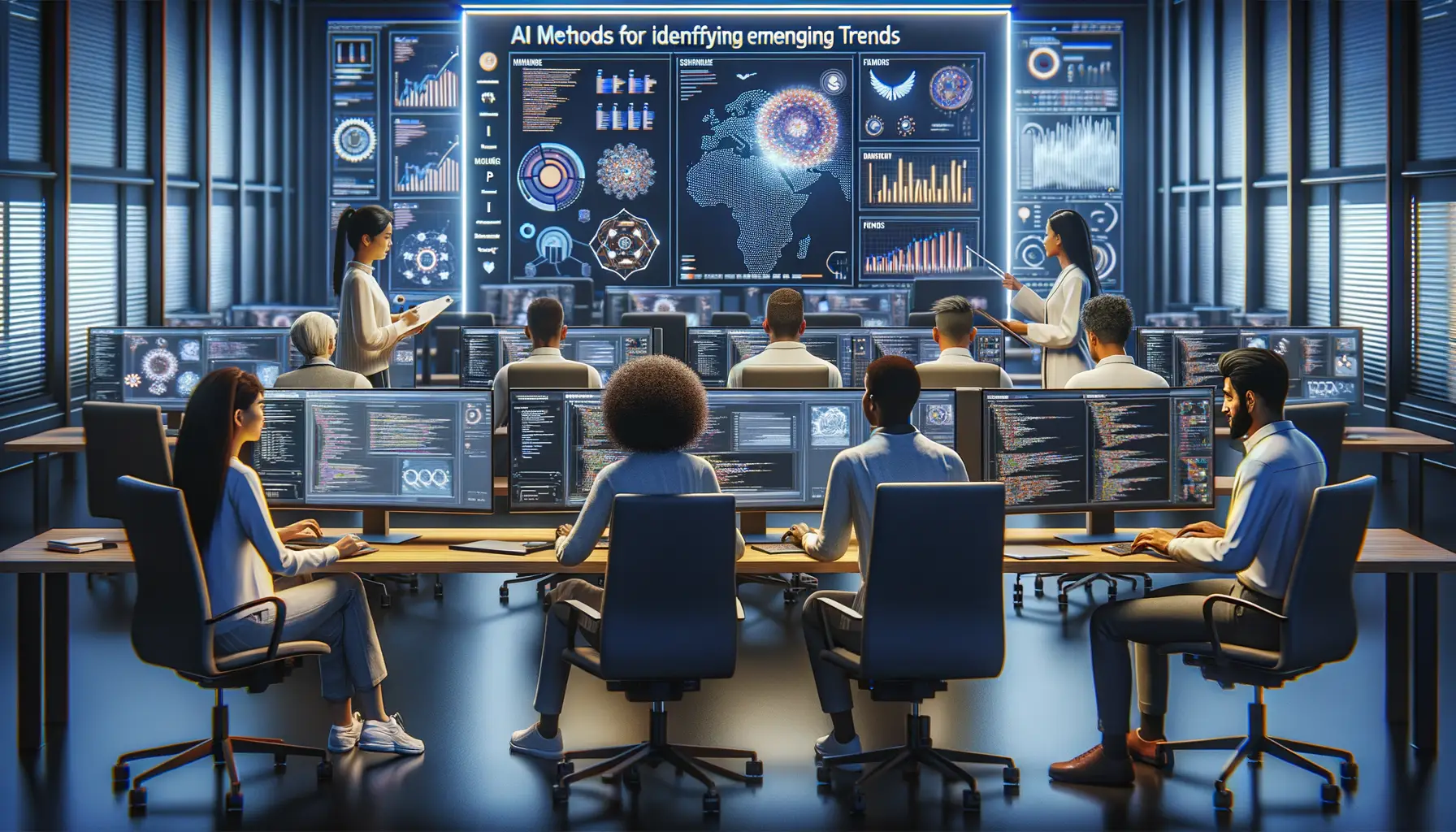Overview of Machine Learning in International Policy Research
Imagine unlocking the secrets of complex global challenges with algorithms as your compass. This is exactly what’s happening with the integration of machine learning (ML) into international policy research. The world of policy-making—prone to countless variables, competing priorities, and mountains of data—now finds an ally in ML’s ability to spot patterns, predict outcomes, and simplify impossibly tangled problems.
Why Machine Learning Feels Like a Policy Scientist’s Superpower
Here’s the thing: crafting policies isn’t just about crunching numbers—it’s about understanding people, economies, and geopolitics. In steps ML, offering tools that act like a policy researcher’s sixth sense. Let’s say you’re analyzing the impact of trade sanctions on food security. Traditional methods might involve poring over weeks’ worth of spreadsheets. But with ML, models can process this data in minutes, identifying trends no human would catch easily.
Some standout ways in which ML transforms research:
- Text analysis: Parsing through thousands of government documents, social media threads, or think tank reports to distill key themes.
- Predictive analytics: Anticipating economic shifts, migration flows, or even the likelihood of conflict escalation based on past data.
- Clustering: Grouping nations, policies, or demographics by shared traits to inform tailored interventions.
A World of Real-Time Insights
One of the most thrilling aspects? ML allows for dynamic, real-time analysis, making it possible to adjust strategies as events unfold. Think of tracking how public sentiment surrounding climate change is evolving month by month or evaluating the success of a pandemic response while it’s still ongoing. Instead of waiting years to measure impact, policymakers can now make agile, informed tweaks almost instantly.
By melding computational power with human intuition, ML doesn’t replace researchers—it enhances their abilities. It provides clarity where ambiguity reigns, empowering decision-makers to craft solutions rooted in insight rather than instinct.
Key Machine Learning Methods for Policy Optimization

Reinforcement Learning: The Art of Policy Shaping
Imagine teaching someone to play chess by rewarding them for every successful move. That’s essentially what Reinforcement Learning (RL) does—except the stakes are often much higher, like improving global trade policies or optimizing healthcare strategies across nations. RL shines in policy optimization by enabling algorithms to learn through trial and error, much like diplomats perfecting negotiation strategies over time.
One standout approach is the policy gradient method. Picture this: instead of blindly stumbling through a maze, the algorithm seeks out the direct paths that increase rewards—be it reducing economic inequality or curbing greenhouse emissions. Gradients guide decision-making, aligning small actions with broader goals.
Another gem? Q-learning, the “choose your own adventure” of machine learning methods. Here, the model evaluates scenarios to maximize future benefits—a perfect fit for balancing short-term policy wins with long-term global sustainability.
Imitation Learning: Borrowing Brilliance
What if machines could mimic the expertise of seasoned policymakers? Enter Imitation Learning, where models learn by observing human behavior. Think of it as a masterclass: systems study successful interventions worldwide, understanding the nuances behind decisions. They take in everything from bipartisan compromises to disaster relief coordination.
Key techniques include:
- Behavioral cloning: Ideal for structured settings, like replicating the efficiency of urban planning in smart cities.
- Inverse reinforcement learning: For those “hidden motivation” scenarios—decoding why certain policy choices persist, even without clear incentives upfront.
In short, these methods don’t just crunch numbers—they strive to grasp the heartbeat of policymaking itself.
Applications of Machine Learning in Policy Decision-Making
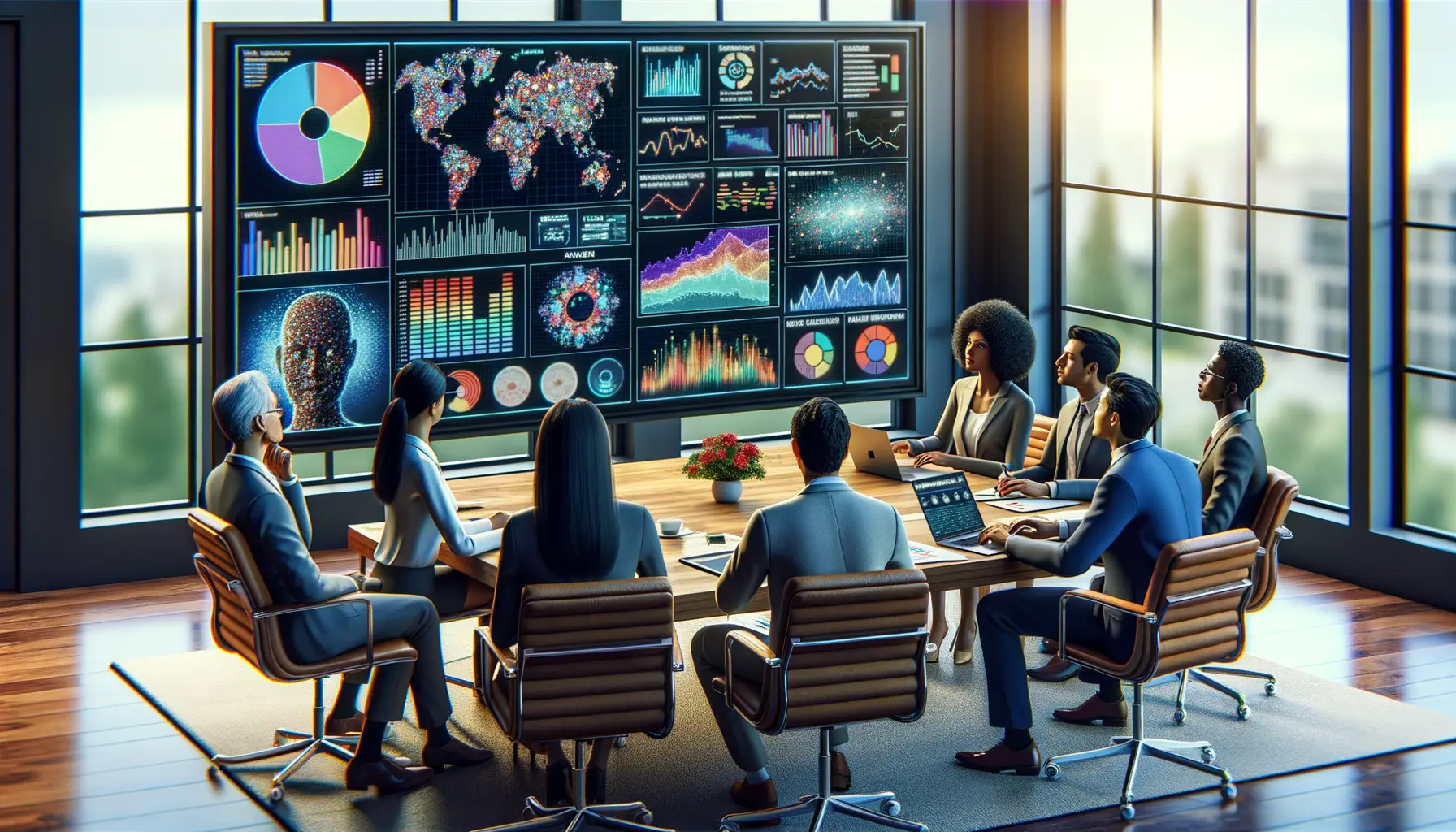
Transforming Policy Through Data-Driven Insights
Imagine trying to steer a ship through unknown waters without a map—sounds daunting, right? That’s often how policy decisions have been made in the past: relying on instinct, past experience, or incomplete data. But with the power of machine learning (ML), these murky waters are becoming clearer, and decision-making is turning into a more precise science.
Machine learning thrives at spotting trends and predicting outcomes that human minds might overlook. Think about using it to untangle complex global issues: predicting migration patterns based on economic factors or analyzing social media chatter to gauge public sentiment on proposed policies. Suddenly, international policy research becomes a treasure chest of actionable insights.
From shaping taxation strategies to combating climate change, machine learning has unlocked possibilities we could only dream of a decade ago. It’s not just solving puzzles—it’s rewriting the rules altogether.
Challenges in Adopting Machine Learning for Policy Research
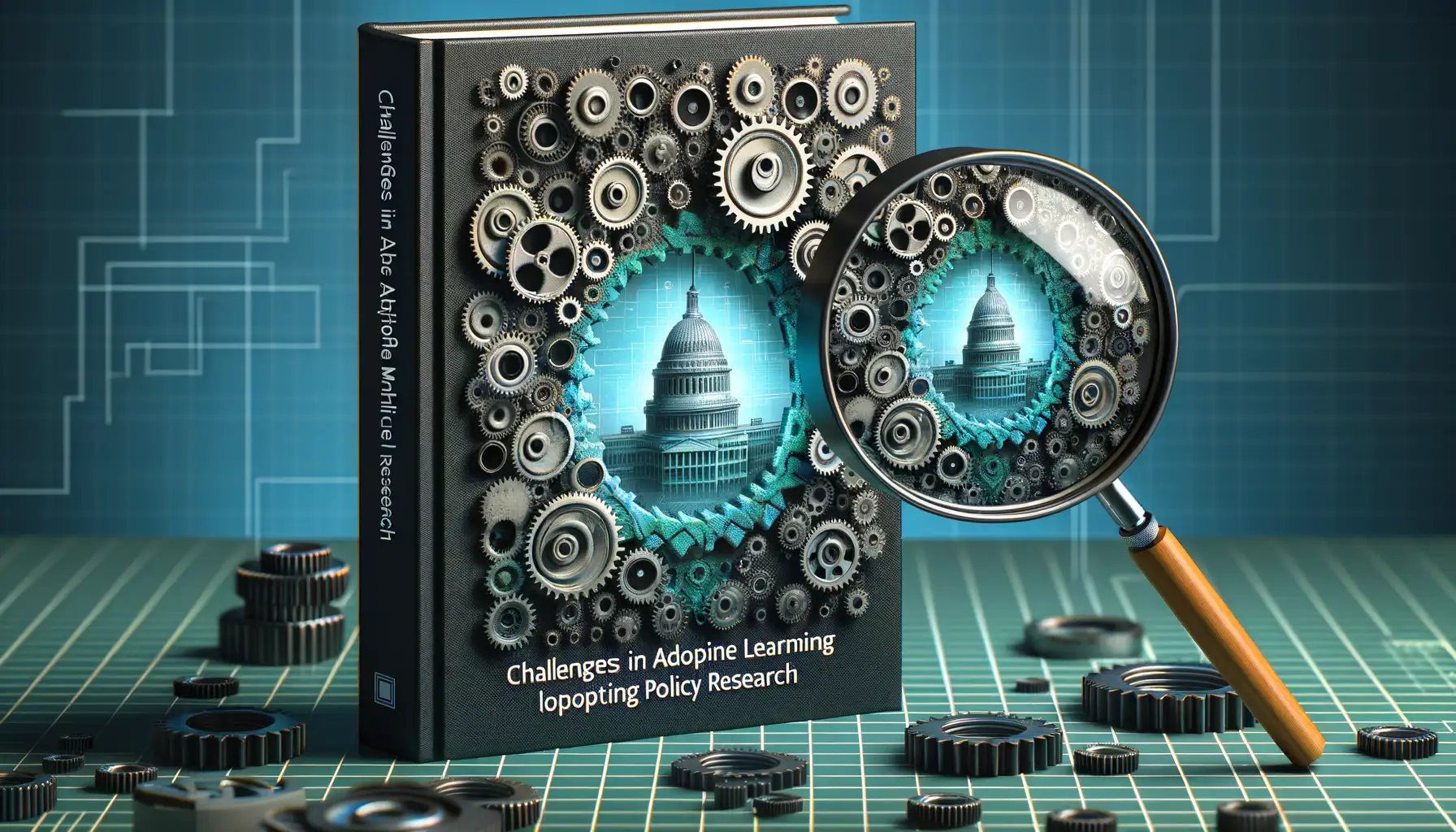
Unveiling the Barriers: Why Machine Learning Adoption Isn’t so Simple
Imagine you’ve got an incredible ship—fully equipped, built to sail across uncharted waters. But there’s a storm brewing, and the map is blurry. That’s how adopting machine learning (ML) in policy research often feels: the potential is vast, yet navigating its complexities can seem overwhelming.
One of the toughest challenges? The sheer scarcity of clean, reliable data. Think about it—policies often hinge on messy, fragmented datasets from diverse sources. Say you’re analyzing migration trends; you’ll find yourself wrestling with inconsistent national surveys, differing timeframes, and gaps everywhere. No fancy ML algorithm can thrive without whole, quality data.
Let’s not ignore the human side. Researchers, policymakers, and engineers often speak different “languages.” While data scientists may talk about “algorithms” and “feature engineering,” policymakers are laser-focused on practicality. Aligning these groups is like getting cats and dogs to throw a dinner party together.
- Computational costs can also be daunting. Training complex models, especially for multi-country analyses, burns through resources and time.
- The ethical maze: How do you build fair models when policies affect vulnerable populations? Transparency isn’t optional—it’s moral.
The result? A mix of excitement and hesitation—a balancing act on the thin edge of innovation and real-world complexity.
Future Directions and Innovations in Machine Learning for Policy Analysis
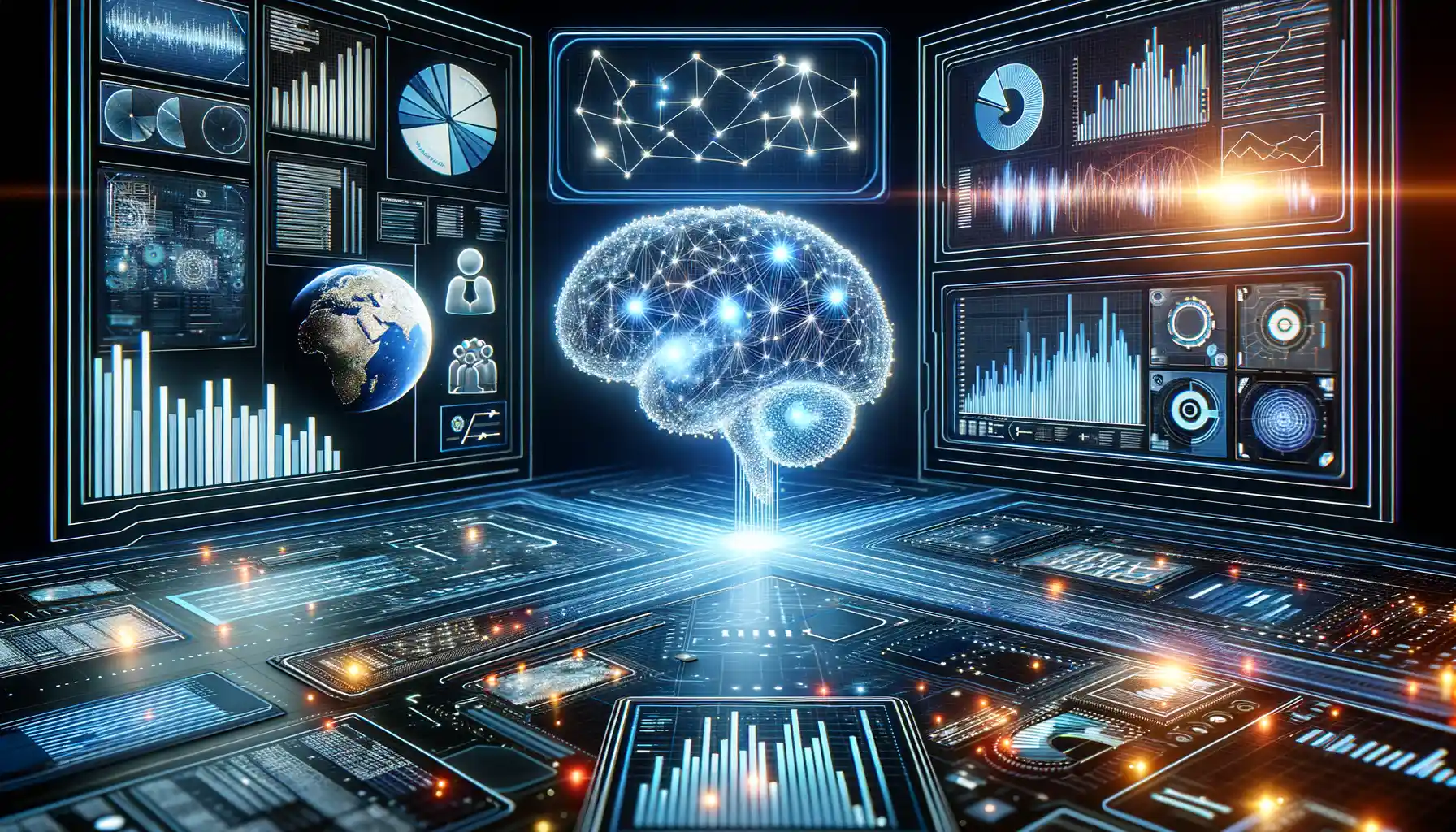
Breaking New Ground in Machine Learning for Policy Insights
The future of machine learning in policy analysis feels like standing on the cusp of a technological revolution. Imagine algorithms as diligent analysts, tirelessly crunching numbers, sifting through global datasets, and uncovering patterns humans might miss for decades. But where exactly is this innovation heading?
First, the blending of natural language processing (NLP) with policy research is poised to redefine how we interpret complex legal documents, treaties, or even debates at the UN. Picture an AI instantly summarizing thousands of trade agreements, pinpointing inconsistencies, or predicting potential conflicts—all in seconds. This isn’t sci-fi; it’s already whispering possibilities to researchers.
Second, advances in causal inference models are likely to move us from correlation to causation. Instead of asking “What happened?” policymakers can ask, “Why did it happen—and what might happen next?” It’s a fundamental shift that transforms data from a rearview mirror into a predictive compass.
- Federated learning: Sharing intelligence between institutions while safeguarding privacy—keeping sensitive data precisely where it belongs.
- Real-time analytics: Empowering governments to act immediately when crises like refugee surges or climate disasters unfold.
The Human-AI Collaboration That Keeps Evolving
As machine learning grows wiser, its partnership with human ingenuity becomes more essential. No algorithm will ever grasp the nuances of diplomacy or the emotion behind a protest march. But it can enhance decision-making by offering unbiased insights—even in emotionally charged environments.
Take the concept of explainable AI, for instance. In policy circles, trust isn’t optional. Explainability ensures these tools don’t operate as opaque black boxes but rather as transparent allies. Decision-makers don’t just want answers—they need to understand them.
So, when you think about the future of machine learning in policy, picture collaboration, not replacement. It’s not about machines taking over, but about weaving their strengths into the rich, messy fabric of human problem-solving. The question isn’t if these innovations will reshape international policy—it’s how soon.




